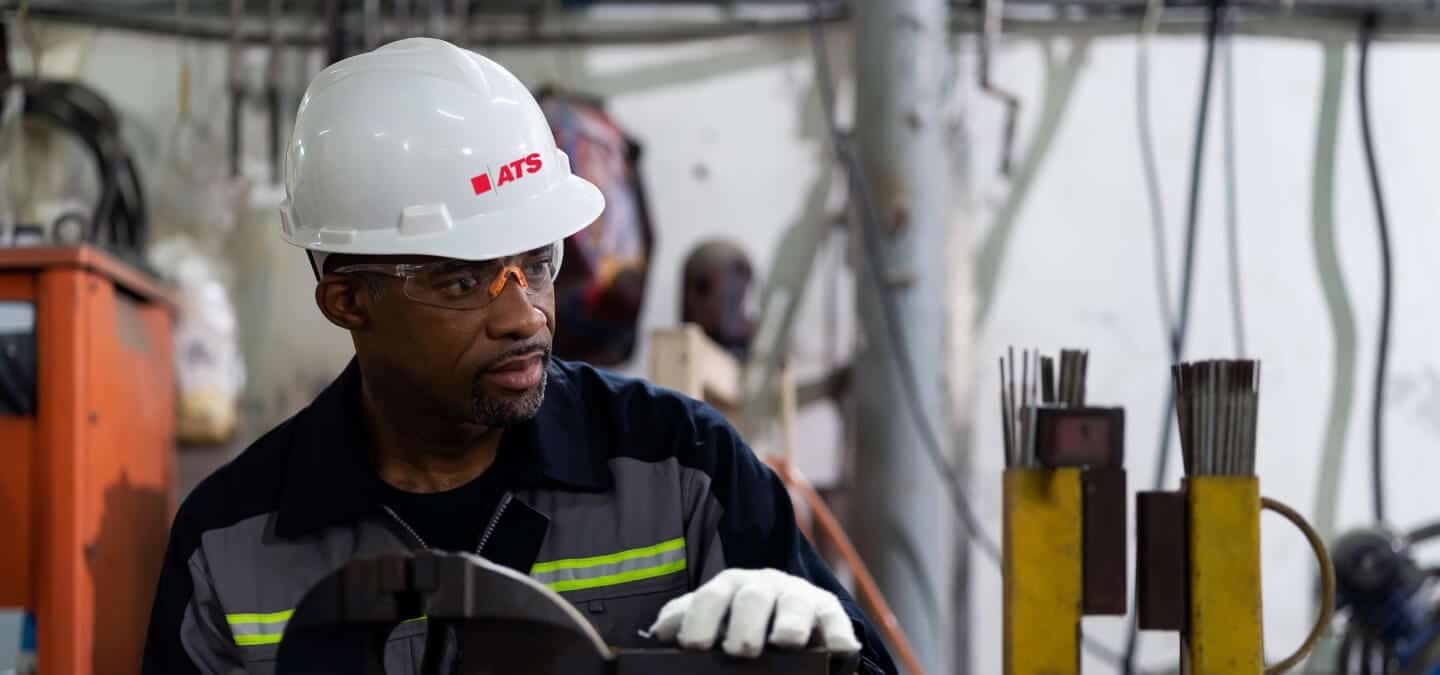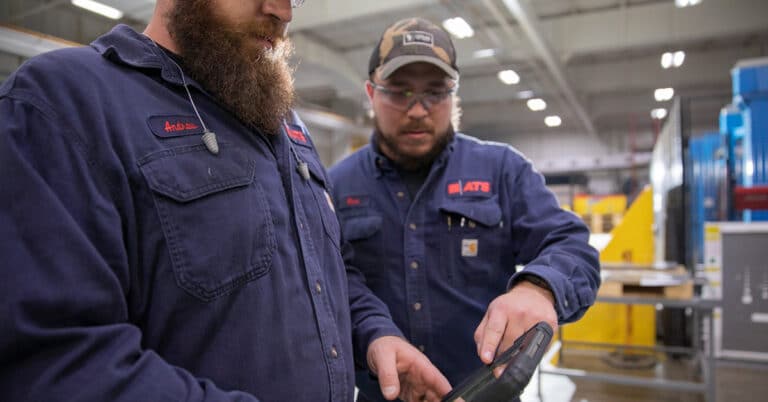A study by Deloitte in 2021 predicted that up to 2.1 million jobs could be unfilled in the manufacturing sector by 2030 if current trends continue. If the continuing labor shortage in manufacturing reaches this point, the industry — and the U.S. and global economies — will see significant, far-reaching downsides that may take years, and in some cases, decades, to see recovery.
In this article, we will explore the reasons for the current factory worker shortage in manufacturing; why the shortage is a risk to businesses and the broader industry; and how to address the manufacturing labor shortage.
Why is there a labor shortage in manufacturing?
There are several reasons for the skilled labor shortage in manufacturing. These include:
COVID-19 and aftereffects
The shortage of manufacturing workers was a known issue prior to the start of the COVID pandemic. With the onset of the pandemic, workers became more inclined to forego applying to jobs while manufacturing facilities saw a decrease in demand that also served to suppress hiring needs. As job recovery ramps up, manufacturers still must address these realities to bring their facilities back to peak capacity.
Aging workforce and increasing retirements
A significant percentage of the manufacturing workforce has been reaching retirement age and continues to do so. As this foundational generation for today’s industrial landscape exits the workforce, they take with them irreplaceable institutional knowledge that cannot simply be hired back. Even as the manufacturing industry makes incremental gains in hiring, it is not able to replace the loss of decades of experience with each retiree who exits the field.
Need for a skilled workforce
While the need remains for entry-level workers who can benefit from on-the-job training, the skills curve is higher than ever for key jobs in the industry. This is mainly owing to increased need for comfort with more advanced technology, including automation, monitoring and general operating skills.
Perception of the industry
Manufacturing retains the reputation of a dirty and dangerous field of work, even as the reality shifts to something far different. Automation and technology expertise is increasingly important in today’s manufacturing landscape and requires a unique skill set that does not fit the typical perception of the manufacturing field. It is incumbent upon manufacturers to communicate and recruit for this shift in talent requirements, forcing transition upon the industry.
What are the risks of a labor shortage in manufacturing
An ongoing labor shortage in manufacturing presents several immediate risks, including:
Safety concerns
With fewer personnel on hand, manufacturing facilities are at increased risk of safety issues, especially with increased production needs. Employee fatigue, overwork and dangerous corner-cutting are all areas that can contribute to these safety risks.
Overall operational efficiency
OEE, one of the primary indicators of facility efficiency, can be heavily impacted by the number of personnel on hand. With fewer employees, there is an increased potential for error and added employee stress. This can all lead to increased downtime, higher costs and missed production schedules. In addition, without enough maintenance techs on hand, equipment is increasingly subject to failure, damage and higher repair and replacement costs. In a tight-margin scenario, this can lead to delays in maintenance and repairs, which can cause exponential reductions in efficiency and performance metrics.
Product liability
When the above issues continue building — fatigued or less-experienced workers working with machinery in need of maintenance — the result can be a reduction in product quality and reliability. If these issues occur in production and quality control, the facility runs the risk of becoming liable for product malfunctions or other quality issues that can pose safety risks for end users.
How to combat the labor shortage in manufacturing
With an understanding of the issues facing manufacturing today and in the coming years, we are now ready to explore potential solutions, including:
- Improve workplace training programs. Workplace training programs not only fulfill high-value upskilling needs, but also they serve as an attractive benefit to recruit skilled technical talent. The ATS SkillPoint™ Technical Training Program covers every aspect of workplace training for industrial businesses, including training in plant operation, maintenance, CNC/PLC, electronics, mechanical, robotics and more. Classes are available in person or online and are designed to align with your business needs. In addition, your technical workforce solution should be designed to be able to track the tangible results of this investment in your employees.
- Implement employee engagement programs and satisfaction measures. Today’s up-and-coming workforce is more concerned than ever with work-life balance and happiness in their profession. By implementing employee engagement programs, your company can help workers feel greater ownership and accountability over their roles and tasks, inspiring the next generation of skilled workers and resulting in increased job performance and employee retention. Be sure to also include regular, transparent satisfaction check-ins and metric tracking to measure the success of your initiatives.
- Offer career advancement opportunities and ongoing training. Your organization should have a clearly defined career advancement path, providing employees with an easy way to know what is expected of them and what they should expect as they progress in their career. Training programs should be focused on employee growth and advancement.
- Widen the labor pool by focusing on diversity and underutilized opportunities. With DEI initiatives ever more important across all industries, your organization should provide an open, supportive workplace environment for employees of all backgrounds. In addition to providing fair, equitable opportunities for all prospective and current employees, diversity initiatives can also help differentiate your organization from other potential employers that a candidate might choose — a critical advantage in a tight labor market.
- Use automation and Industry 4.0 to your advantage. More than ever, machine health monitoring is important and easier with automation and Industry 4.0 technology. The ATS Reliability 360® Machine Health Monitoring solution makes use of connected equipment, industrial sensors, real-time monitoring and advanced data tracking and analysis to help drive decision-making and increase efficiency and productivity based on trends and performance, both long term and short term.
- Ensure predictive and preventive regular maintenance across the facility. By adhering to a preventive maintenance schedule and drawing on technology such as industrial sensors to facilitate predictive maintenance, you can help reduce or eliminate unplanned downtime while keeping equipment operational for longer and producing higher-quality output.
With these tips in mind, you are poised to take the first steps in combatting the ongoing labor shortage, helping to avoid the worst effects of reduced capacity in manufacturing.






